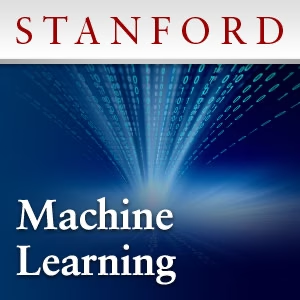

Machine learning audio course, teaching the fundamentals of machine learning and artificial intelligence. It covers intuition, models (shallow and deep), math, languages, frameworks, etc. Where your other ML resources provide the trees, I provide the forest. Consider MLG your syllabus, with highly-curated resources for each episode’s details at ocdevel.com. Audio is a great supplement during exercise, commute, chores, etc.
Avsnitt
Podden Machine Learning Guide är skapad av OCDevel. Poddens innehåll och bilderna på den här webbplatsen hämtas med hjälp av poddens RSS-flöde.
00:00
-00:00




